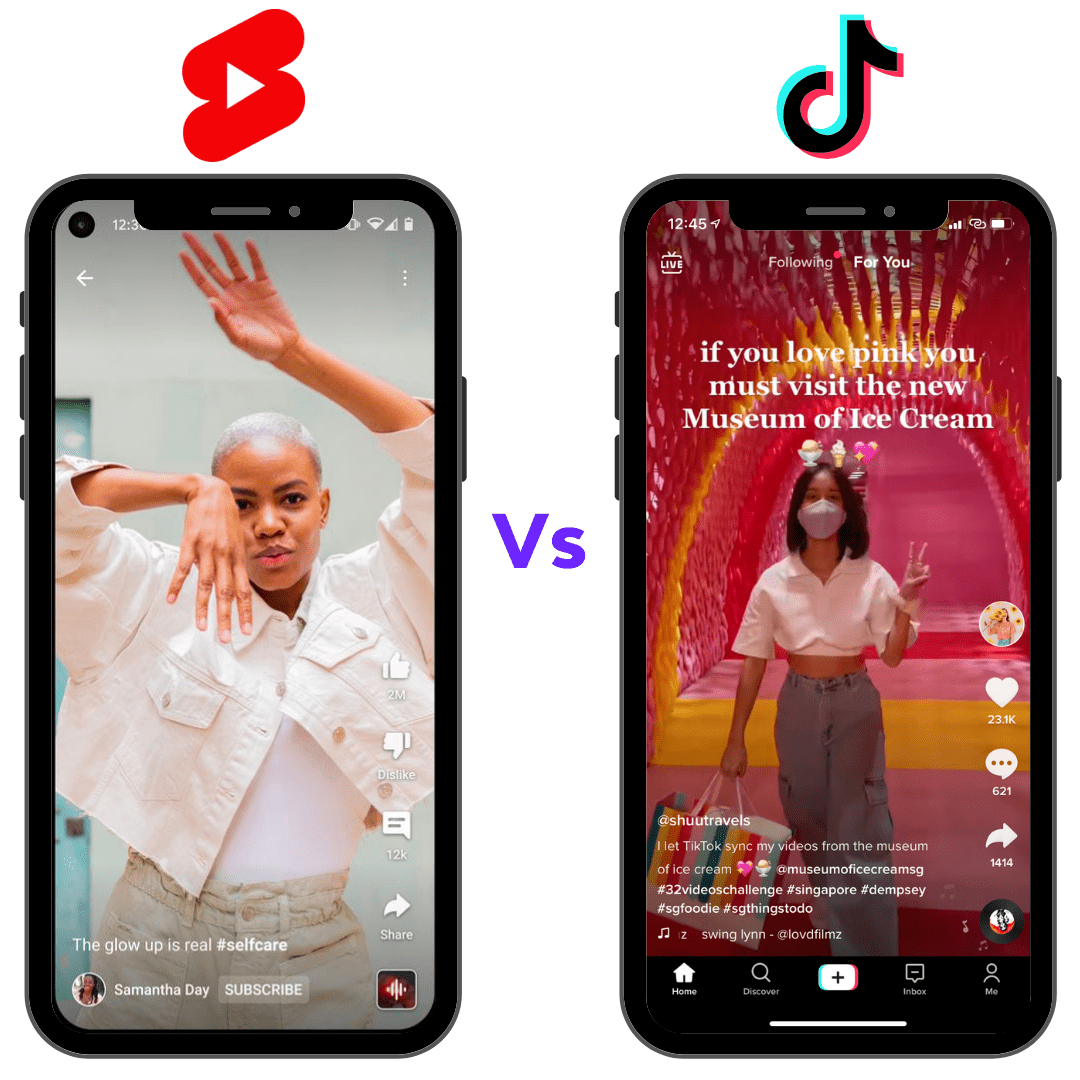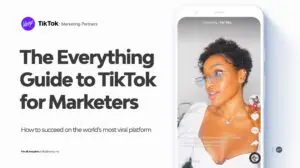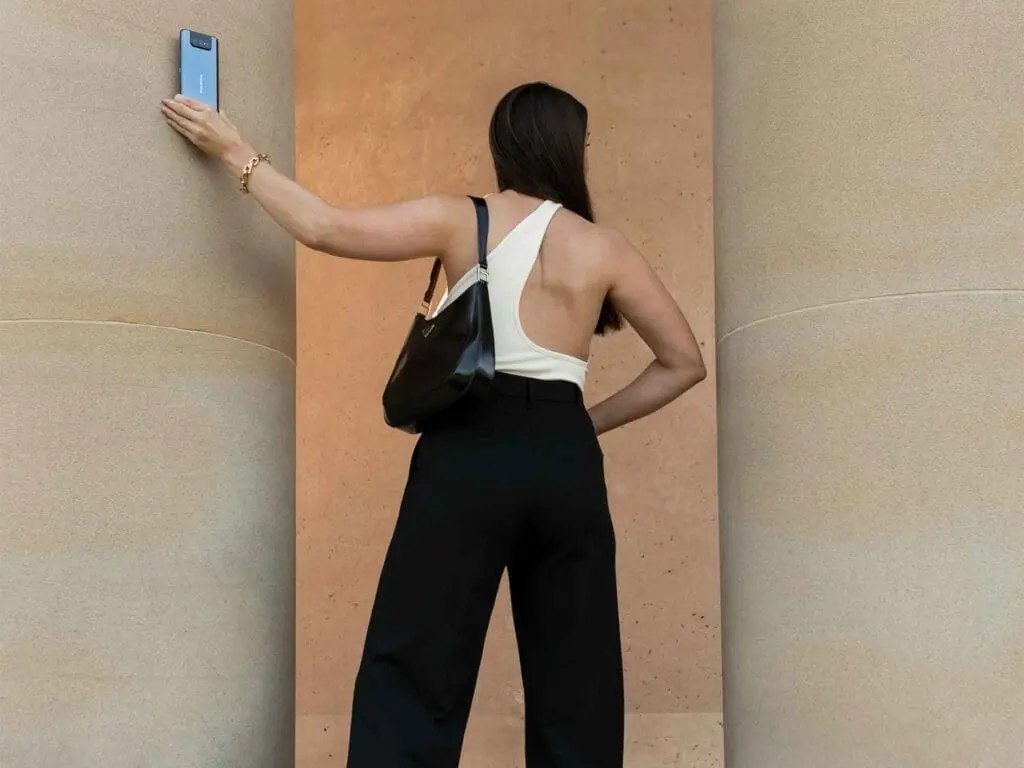TikTok has hit a new milestone. Users in the UK and US are spending more time on the short-form video platform, than on YouTube.
That’s according to App Annie whose new report found that UK social users watch 26 hours of TikTok content a month, compared to less than 16 hours of YouTube content. It’s the latest in a string of dominance-asserting headlines for TikTok. The same app analytics firm reported TikTok was the most downloaded app in 2020 and in July, the app reached three billion global downloads.
You could argue that YouTube saw it coming. Their ‘Shorts’ feature, in testing since 2020, is a response to our obsession with short-form video content. And it’s not the first. Instagram jumped on the short-form video bandwagon with Reels (we compared it to TikTok here), but after going global in June this year, Shorts is already becoming a hot competitor with 6.5 billion daily views.
Has this hot new feature got what it takes to compete with TikTok? Let’s compare the two and find out which you should be investing in.

Similarities
They are both for short-form video content.
Both allow creators to add music from their audio libraries and users can view all videos under an audio’s library.
Both offer analytics including video views, watch time, likes, comments, shares, reach and impressions. These analytics can be viewed on mobile or desktop devices for both platforms.
The TikTok and Shorts feeds both offer a full-screen immersive experience with the engagement menu visible on the right hand side.
Their feeds scroll the same in that there is an endless amount of videos lined up for users to watch and discover. However, there’s no auto-scroll on either, and users must scroll for the next video to play.
Both provide tools that allow creators to earn money from their content (more on their differences below).
Users can follow/subscribe to creators directly from their videos in both feeds.
Both give creators the ability to alter the speed of their video content and allows them to set timers to help with the filming process.
TikTok and Shorts give creators the ability to upload video content they’ve previously filmed.
Overlaying text and closed captions can be added to both.
They both allow creators to set a video to public, so anyone can view it, or set it to private.

Differences
Although both have creator monetisation features, they’re completely different. Shorts offers their ‘Shorts fund’, whereas TikTok offers Digital Gifts and Shoutouts. Learn more about these money-making tools here.
Shorts can only be 15-seconds long, whereas TikTok’s can be as long as three minutes (it could soon be five minutes according to their latest test).
TikTok allows users to add video captions, located in the bottom left of a TikTok. Whereas Shorts allows users to add a video title, found in the same location as a TikTok caption, and a video description which is only viewable when users click the three dots above the link button and tap on ‘Description’.
In general, YouTube has a large music library. So this gives Shorts a major leg up against TikTok, as the platform’s huge audio library gives users an abundance of popular and undiscovered songs to choose from, possibly more than what TikTok currently offers.
TikTok offers a huge library of filters, including AR effects and greenscreen effects, whereas Shorts only offers filters that edit the video’s brightness, tone, temperature etc.
Shorts’ ‘private’ video option allows creators to select who sees your video. Whereas TikTok’s ‘private’ video option only allows the creator to view the video.
Your TikTok analytics can be viewed directly in the TikTok app, however to view your Shorts’ analytics you need to use a separate app; YouTube Studio.

Features TikTok has but Shorts does not…
- A duet and stitch feature, where users can add other creators’ videos to theirs.
- A Q&A feature that allows users to leave questions for creators to answer with a video. Creators can also reply to their comments with a video.
- A discovery tab that allows users to view trending sounds, hashtags and effects.
Features Shorts has but TikTok does not…
- A dislike button, just like YouTube videos.
- A scheduling tool that allows creators to schedule when their Short goes live.
- The option to select whether or not their video is made for kids or if they’d like to restrict their video to viewers under 18.
- The ability to be edited after being published.
- The option to ‘unlist’ your Short, which means anyone with a link to that video can view it.
Download our TikTok guide and learn:
- The six things every marketer should know about TikTok
- How to effectively use the app’s most popular features
- Five steps to creating a successful brand account on TikTok
- What type of organic TikTok content performs the best
- How to effectively partner with TikTok creators
- How to use the eight different ad options available to marketers
- What it takes to create high-performing TikTok ads that maximise your ROI
- How brands like Benefit Cosmetics, Sheridan, and Rimmel London achieved TikTok success with Vamp

Enter your details below to download Vamp’s free ‘Everything Guide to TikTok for Marketers’ and watch your brand become the next Duolingo.


